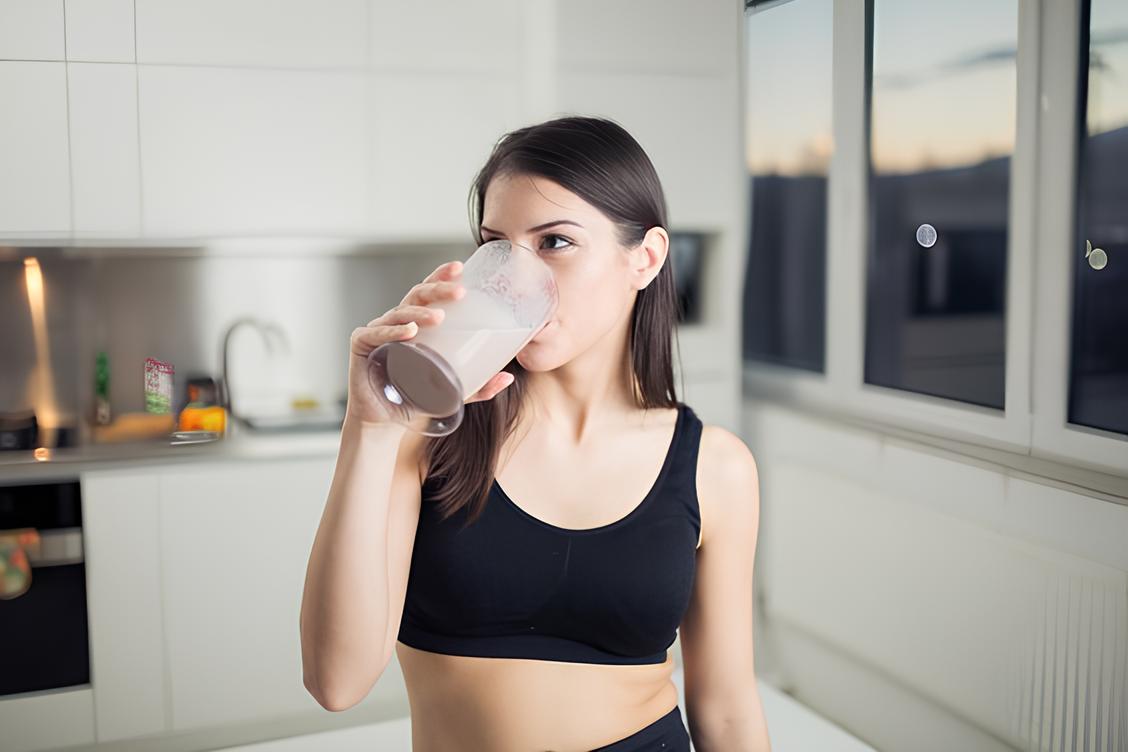Interested in Incorporating Protein Shakes into Your Routine but Unsure Where to Start?
You’re in luck! Having been a protein shake personal trainer Scarborough and enthusiast for years, I’m here to spill most of my secrets and guide you through the process.
In Part 2 of our Comprehensive Protein Guide, I’ll cover the following:
- Are protein shakes good for you?
- How much protein do I need every day?
- What’s the best protein supplement to buy?
- How to use protein powder
- How to make protein shakes taste better
- Should I drink my protein before or after my workout?
Don’t forget to explore Part 1: ‘Determining Your Daily Protein Needs.’
Armed with this knowledge and a quality blender (discussed here), you’ll be able to seamlessly integrate protein shakes into your daily regimen.
Let’s prepare to shake up your routine!
Protein 101: Are Protein Shakes Good For You?
Protein, a vital macronutrient, plays a crucial role in muscle repair and is an essential component of our daily nutrition (well, duh, you might say).
Obtaining protein from a variety of whole food sources is ideal, and real food should take precedence in your dietary choices (again, ‘duh’ moment, right?).
Here are several examples of protein-rich foods:
- Poultry such as chicken, duck, and other birds
- Fish
- Various meats
- Legumes like beans
- Eggs
- Quinoa
- Nuts
- Milk
However, there are many situations where you might consider supplementing your diet with protein shakes or protein powder (here’s where it gets interesting):
- Struggling to meet the recommended daily protein intake (I’ll cover this below!).
- Aiming to bulk up, needing more calories in your daily consumption, especially if you’re on the lean side.
- Attempting to shed weight and looking to substitute an unhealthy meal with a protein shake acting as a meal replacement.
- Craving the convenience of a protein shake instead of preparing yet another meal.
In these scenarios, protein supplements or shakes can be incredibly beneficial!
Translating this into everyday language: If you’re strength training effectively and maintaining a proper diet, ensuring sufficient protein intake will aid in muscle growth and improved performance!

Now, defining ‘sufficient protein’ can encompass protein supplements and powders.
However, it’s crucial to remember that protein shakes aren’t a cure-all for all your health concerns:
- They’re NOT a requirement for maintaining good health.
- But they MAY assist in weight loss.
- They should be viewed as a SUPPLEMENT (zing!) to a healthy diet, not as a sole solution.
You still need to:
- Maintain a nutritious diet.
- Adhere to a strength training regimen.
- Get adequate sleep.
If you’re uncertain about how to embark on a strength training journey, don’t fret—I’ve got you covered.
How Much Protein Do I Need Every Day?
This excerpt is extracted from our comprehensive guide, ‘How Much Protein Do I Need to Consume Daily?’
Contrary to what protein supplement advertisements may suggest, consuming a whopping 500 grams of protein daily is unnecessary. Such claims are often made to encourage faster usage of their product, compelling you to purchase more.
The truth is, recommendations regarding the required amount of protein for the human body vary significantly across different sources, athletes, and experts. Each person is unique, and your protein goals should align with your individual objectives.
Looking for precise figures? Let me break it down for you.
While the current international Recommended Dietary Allowance (RDA) for protein is 0.4g per pound of body weight (0.8 g per kg of body weight), research indicates that this figure is too low and should be higher, irrespective of your body composition.
Simply put, here’s a breakdown:
- If you’re overweight or obese, target 1.2–1.5 g/kg (0.54–0.68 g/lb). No need to calculate your ideal body weight or lean mass; base it on total body weight.
- If you’re at a healthy weight, active, and aiming to lose fat, aim for 1.8–2.7 g/kg (0.82–1.23 g/lb), leaning towards the higher end as you get leaner or increase your caloric deficit (by eating less or exercising more).
- If you’re at a healthy weight, active, and looking to build muscle, target 1.4–2.4 g/kg (0.64–1.09 g/lb).
- For experienced lifters on a bulk, intakes up to 3.3 g/kg (1.50 g/lb) may help minimize fat gain.
These are initial numbers for you to experiment with as you witness your body’s transformation. Adjust your intake based on your specific objectives.
In a nutshell, protein consumption is vital for everyone—both the sedentary and the athlete:
- Adequate protein intake during a bulk ensures muscle growth with minimal fat gain.
- Sufficient protein intake while in a caloric deficit and engaging in strength training helps preserve muscle mass and promotes fat loss (you might even build muscle while losing fat simultaneously).
During a recent ‘lean out’ phase, I personally consumed a significant amount of protein (240g at a bodyweight of 190 pounds), allowing me to cut body fat, strengthen, and stay satiated.
To sum up, a substantial portion of your daily meals should consist of a protein source.

If achieving your daily protein goal through whole foods is challenging, consider integrating a protein supplement.
However, remember that you must also have:
- The right systems in place.
- The correct nutritional strategy.
- The appropriate workout regimen.
THEN, a protein shake might expedite your progress towards your objectives.
To assist individuals with busy schedules like yours in optimizing their time at the gym and achieving tangible results, we’ve developed our 1-on-1 Online Coaching Program.
Your personal trainer scarborough will create a tailored workout plan and offer nutritional guidance tailored to your unique circumstances.
What’s the Best Protein Supplement to Buy?
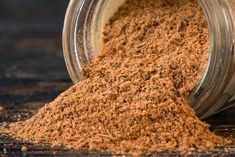
When it comes to selecting a protein powder or opting for a protein shake, you’ll encounter several choices:
- Whey protein stands as the most popular and cost-effective protein supplement available. Derived from milk, whey contains all essential amino acids and is a byproduct of curdled and strained milk. It’s available in ‘concentrate’ and ‘isolate’ forms. Whey is quickly absorbed by the body, making it an excellent option pre/post strength training workouts.
- Casein protein, another milk byproduct, also contains all essential amino acids. It’s absorbed more slowly than whey, leading many to consume it before bed, assuming it aids in muscle growth during sleep. However, a study suggests that total protein consumption throughout the day is more significant than protein timing.
- Egg protein powders, crafted from the protein found in eggs, offer a viable alternative if you can’t use whey or casein for any reason.
In a nutshell, both whey and casein proteins are derived from milk and aid in muscle recovery. Whey is more rapidly absorbed by the body and is typically more affordable than casein, making it our preferred protein due to cost and ease of consumption.
Personally, I favor whey due to its better taste and mixability.

Using a blender can help you increase calorie intake for weight gain.
Don’t fret about the timing of whey for post-workout and casein for sleep. In my opinion, keeping it simple is key.
Choose the one you enjoy and focus on meeting your daily protein requirements; this will significantly contribute to building muscle effectively.
FOR PLANT-BASED OPTIONS: Here are our recommended plant protein powders (from our guide to a Plant-Based Diet):
- Pea protein: An excellent vegan protein powder derived from yellow split peas, providing about 21 grams of protein in a quarter cup (28 grams) and around 100 calories. Some evidence suggests its effectiveness in muscle building compared to whey. NAKED Nutrition offers a quality 100% pea protein powder you can explore.
- Rice protein: A quarter cup of rice protein delivers 22 grams of protein and approximately 107 calories. When combined with pea protein, it offers a complete amino acid profile necessary for human growth. Growing Naturals is a reputable brand to consider.
- Hemp protein: While slightly lower in protein content than pea or rice, hemp protein (one cup providing 12 grams of protein and 108 calories) compensates with a rich nutrient profile, including iron, zinc, and omega-3s—crucial for vegans. Nutivia offers a good hemp protein product if you’re interested.
- Soy Protein: Despite misconceptions about soy, it remains a viable protein source. If soy fits your dietary preferences and you struggle to meet your protein goals, a soy supplement can be beneficial. However, if you’re unsure about soy, consider protein supplementation from the other sources mentioned above!
Regardless of the protein you choose, here’s what you need to know about protein shakes based on insights from the 10 full-time coaches at Personal Trainer Scarborough:
- When purchasing protein powders, opt for products with minimal additives. Look for labels starting with “whey protein concentrate” or “whey protein isolate,” followed by a small number of ingredients—often including ‘artificial or natural flavorings.’
- Select a flavor that suits your taste! Protein powders usually come in various flavors like vanilla, chocolate, strawberry, etc. Choose one that appeals to you.
- Inspect the ingredients and opt for a product from a reputable brand. Always conduct thorough research, even for popular brands like Muscle Milk, as some may have been found to contain metals such as arsenic.
- Many widely known protein powders fall short in delivering on their promises. Check out lab ratings and reviews of ‘high-quality’ protein powders to ensure you’re making an informed choice. There’s a significant amount of fraudulent products in the market, so be vigilant during your shopping.
How to Use Protein Powder (How Do You Make Protein Shakes Taste Better?)
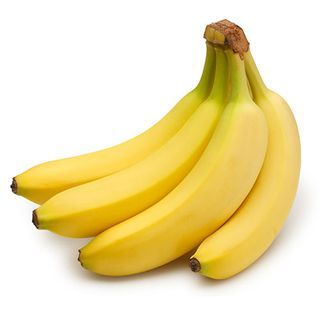
The back of every protein powder container boasts, ‘Mixes great with 8 oz of water!’
This claim holds true for some protein powders, while for others, it can taste like attempting to swallow freshly mixed concrete.
Note: never consume actual mixed concrete. You’re welcome.
So, Step #1 with your newly acquired protein powder is to mix it with water and test the taste.
By combining just the protein and water, you’re adding minimal calories to your daily intake while upping your protein levels for the day.
Win.

Depending on your caloric objectives or if you’re aiming for a meal replacement shake, you can experiment and craft your own protein shakes by following these steps:
- Add fruits like bananas, strawberries, blueberries—opt for frozen berry medleys from your local grocery store.
- Incorporate a serving of veggies—blend in frozen spinach (you won’t even taste it!).
- Experiment with different liquids like almond milk, reduced-calorie orange juice, skim milk, or whole milk.
- Introduce healthy calorie sources such as peanut butter, almond butter, or cashew butter.
- Consider adding seeds like chia seeds or sunflower seeds.
Imagine yourself as a scientist, concocting a unique blend each time. Keep a record of your ingredients and quantities until you find the perfect blend of macros and taste that aligns with your goals!
MAJOR CAVEAT: Your body still abides by the laws of thermodynamics. Simply calling it a “healthy smoothie” doesn’t negate the 1,000 calories it might contain!
If weight loss is your goal and you’re struggling, it’s a matter of consuming too many calories. Be conscious of the calorie content in your swiftly consumed protein shake.
However, if your objective is to bulk up or build muscle, creating your high-calorie protein shake can be an effective way to increase your daily calorie intake.
Currently on a bulking phase, I have my post-workout shake, lovingly dubbed ‘Powerbomb Shake,’ which I have daily (no, it’s not actually patented).
POWERBOMB SHAKE
- Ice cold water: 16 oz
- Quaker Oats: 3 servings (120g)
- Whey Protein: 2 servings (62 g)
- Frozen Spinach: 1.5 servings (120g)
- Frozen Berries: .8 servings (120g)
And because we like to have fun around here, we’ve turned the recipe into a nifty graphic.
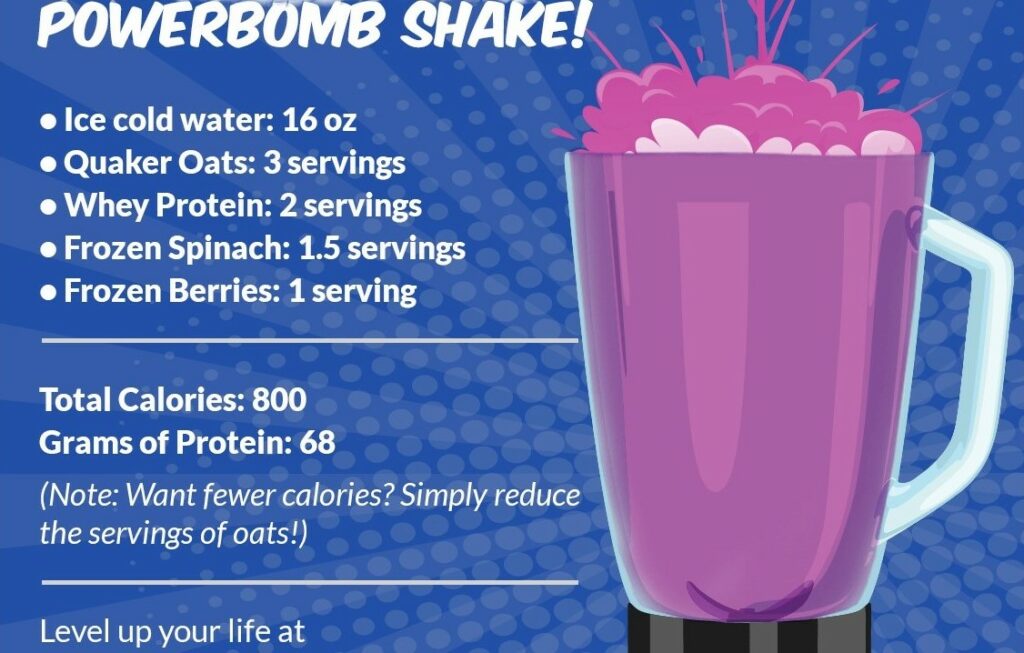
The macronutrient and caloric breakdown of that shake: 795 calories, 68g of protein, 106g of carbs, 13g of fat.
SHOULD YOU INVEST IN A BLENDER?
For more than a decade, I stuck to using an economical blender like this one on Amazon!
Depending on your budget, you can also find blenders at your local Walmart, Target, Kroger, Publix, Sam’s Club, Stop & Shop, etc., for about 20 bucks.
Having said that, as I’ve grown older and had more disposable income, I’ve become a Vitamix enthusiast. They are costly, but you get what you pay for.
I’ve probably burned out the motors of over 10 cheap blenders, and since switching to a Vitamix, it has effortlessly blended my powerbomb shake ingredients twice a day in seconds.
If you have the means, it’s a worthwhile investment.
Alternatively, you can opt for a low-cost shaker bottle.
Personally, I’ve found that these don’t mix as well as a blender, but if you’re on the go without a blender option, a shaker bottle can be a real lifesaver.
Note: if you’re using a shaker bottle, pour the water in first, THEN add the protein shake!
Here’s my ‘stay healthy while traveling’ strategy for protein:
- Measure out 2 servings of protein powder and store them in a sealed plastic bag.
- Place your sealed plastic bag of protein in an empty shaker bottle.
- When ready to consume, remove the plastic bag of protein, then add water to the bottle.
- THEN, add protein.
If you add the protein first, I can guarantee no amount of shaking will get all of that protein mixed into the liquid!
Should I Drink My Protein Shake Before or After My Workout?

Common knowledge dictates that we should consume our protein shake RIGHT after our workout to optimize gains.
It also emphasizes regular protein intake every few hours to enhance protein synthesis in our muscles.
But what does the actual scientific research say?
WHAT THIS MEANS: The total amount of protein you consume throughout the day holds more significance than precisely timing your protein intake for muscle growth. Whether you have a protein shake before or after a workout, it will enhance your physical performance and muscle growth, as long as you’re training effectively!
If your schedule demands that you work out and can’t consume your protein until later in the day, do what suits you best!
Some individuals might dislike exercising on an empty stomach, finding it beneficial to have a protein shake before their workout.
Therefore, let go of the concern about protein timing and redirect your focus towards effective training, overall calorie intake, and meeting your daily protein requirements.
Getting Started Drinking Protein Shakes
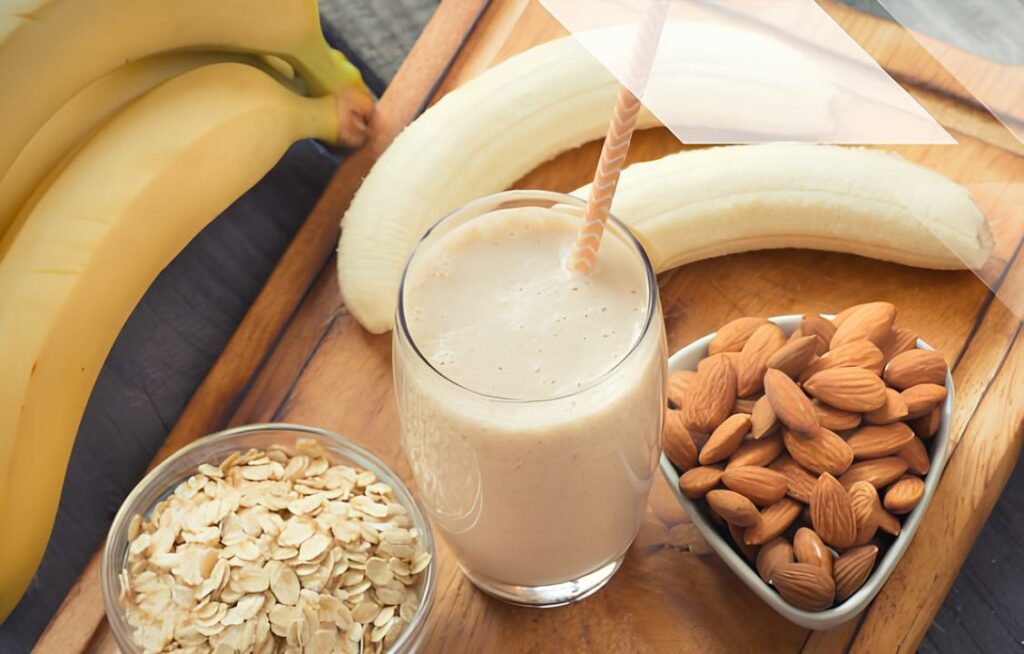
Let’s summarize some key aspects of incorporating protein shakes into your routine:
- Protein supplements are meant to complement a healthy diet, not substitute it.
- If you’re budget-conscious, I suggest purchasing Optimum Nutrition Whey Protein online in your preferred flavor.
- For those with a bit more financial flexibility, Jay Robb’s Grassfed Whey Protein is an excellent choice (my personal favorite).
- Consider incorporating a protein shake before or after your workout. The timing isn’t as critical as the total protein intake over the day for muscle building and recovery.
- View a protein shake as a convenient way to obtain quality protein when preparing a meal isn’t feasible due to time or cost constraints.
- If you’re on a tight budget, a basic blender will suffice. However, if you can afford it, investing in a Vitamix is recommended—it’s a durable option that can last you for decades.
Hopefully, these pointers will help you get started! Experiment with various flavors and ingredient combinations in your smoothies to make them something you genuinely enjoy!
Have any favorite protein shake recipes?
Do you have more questions about protein powders and supplements?
Feel free to share them with us in the comments!

